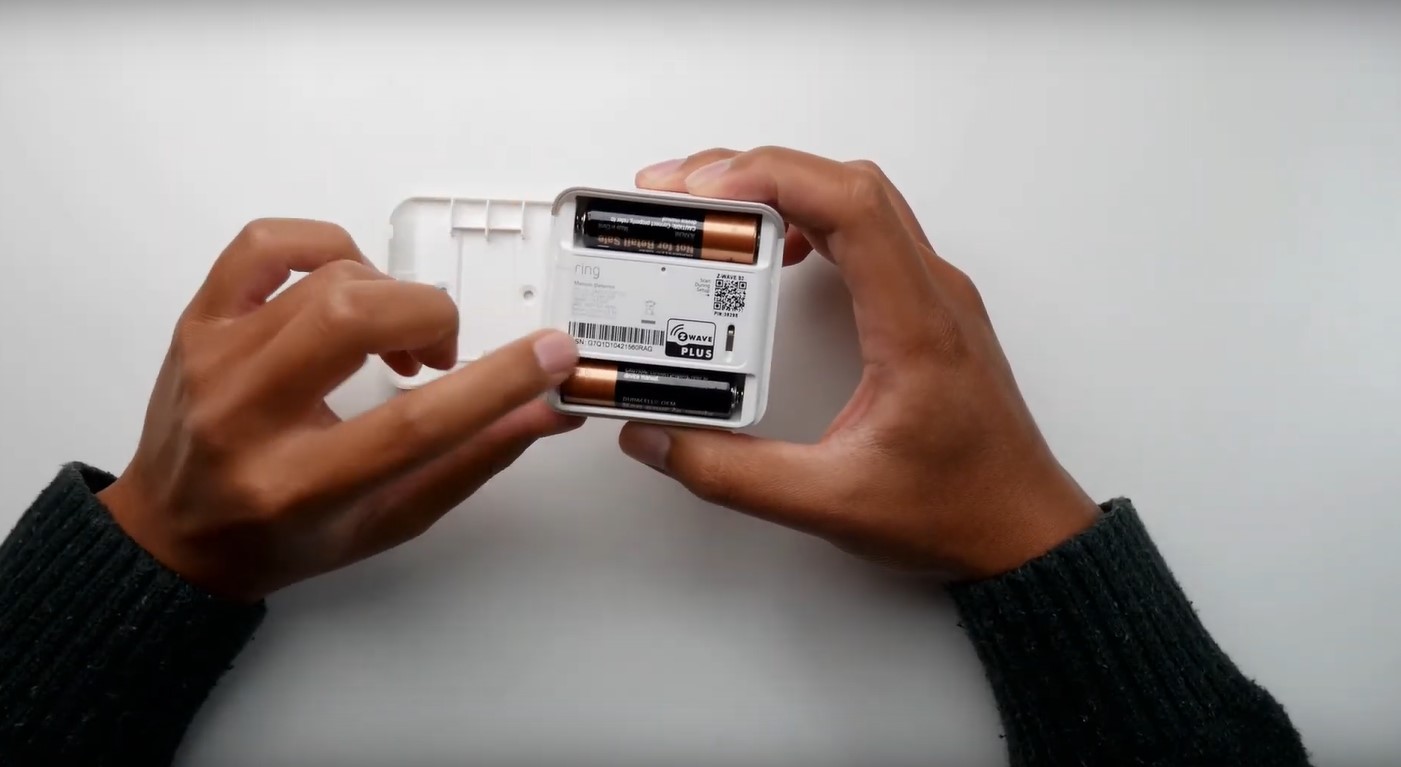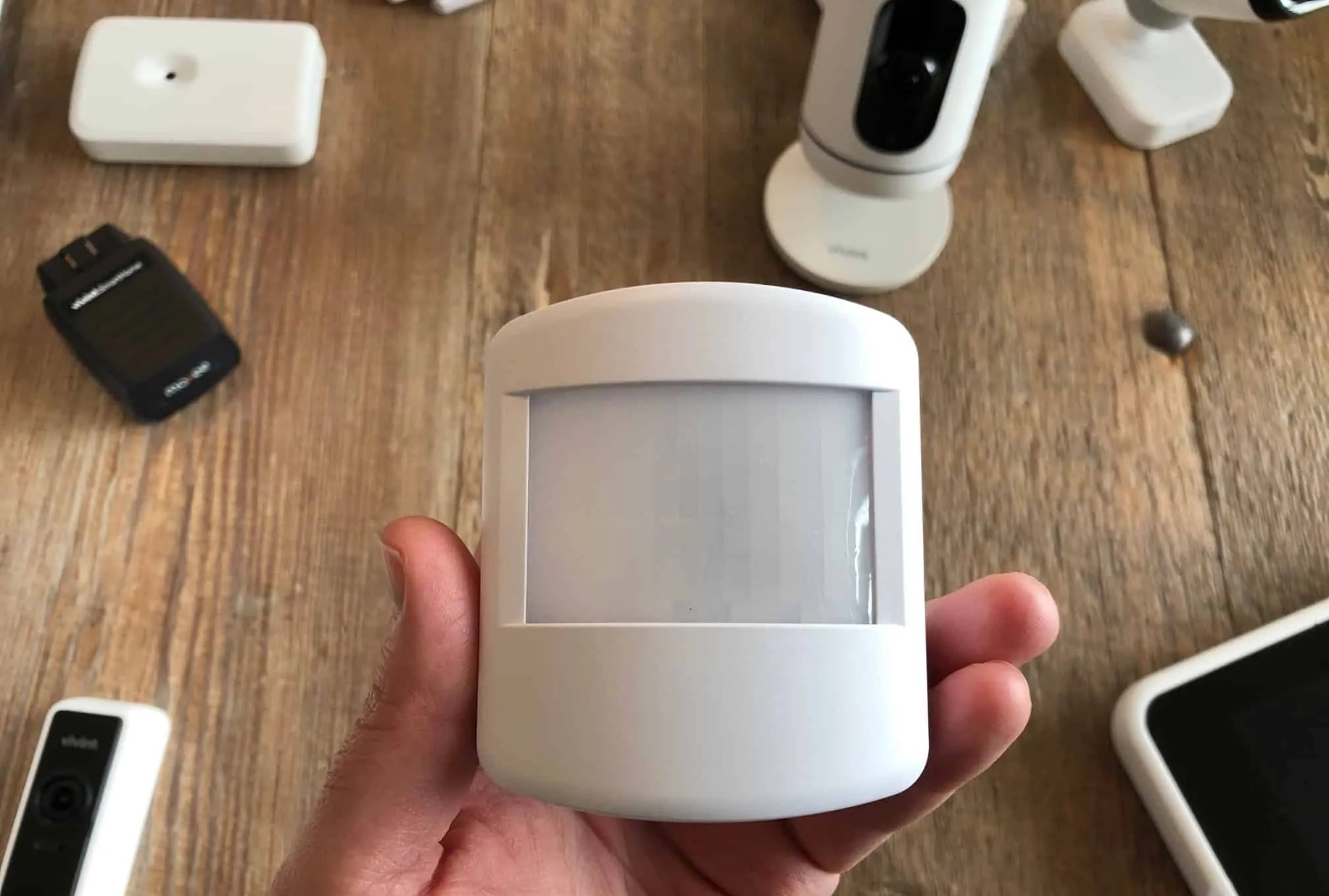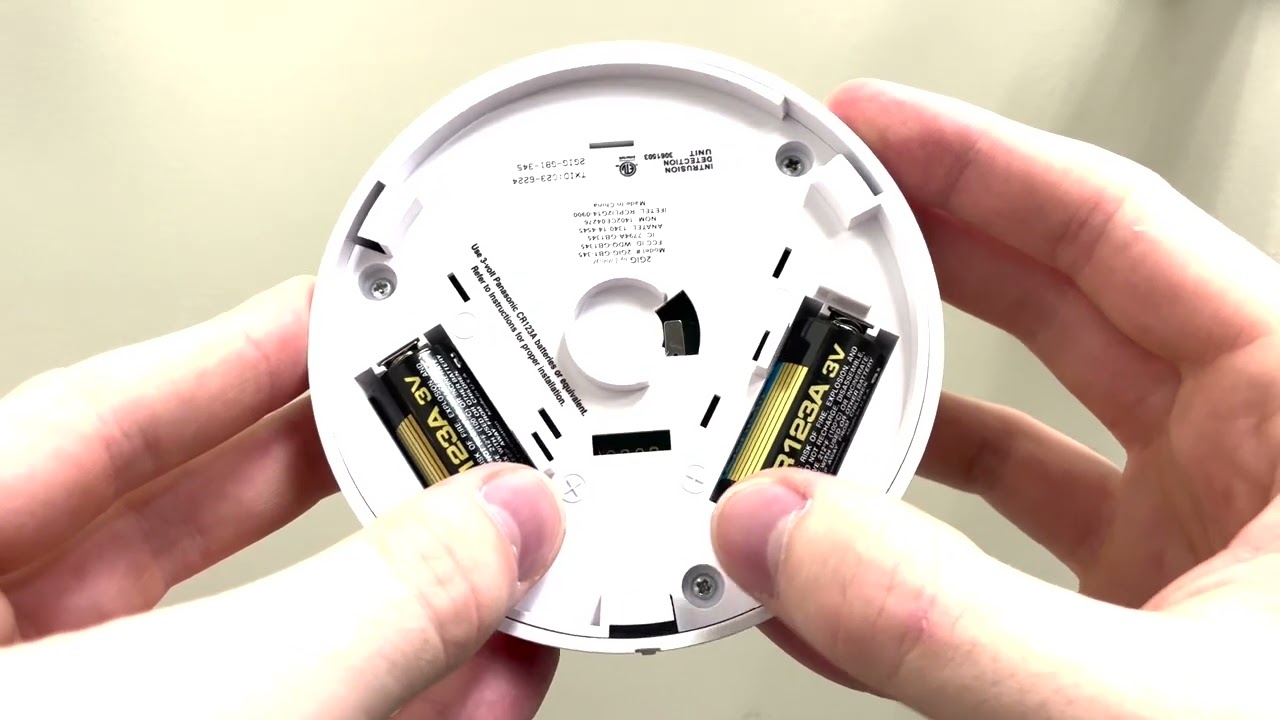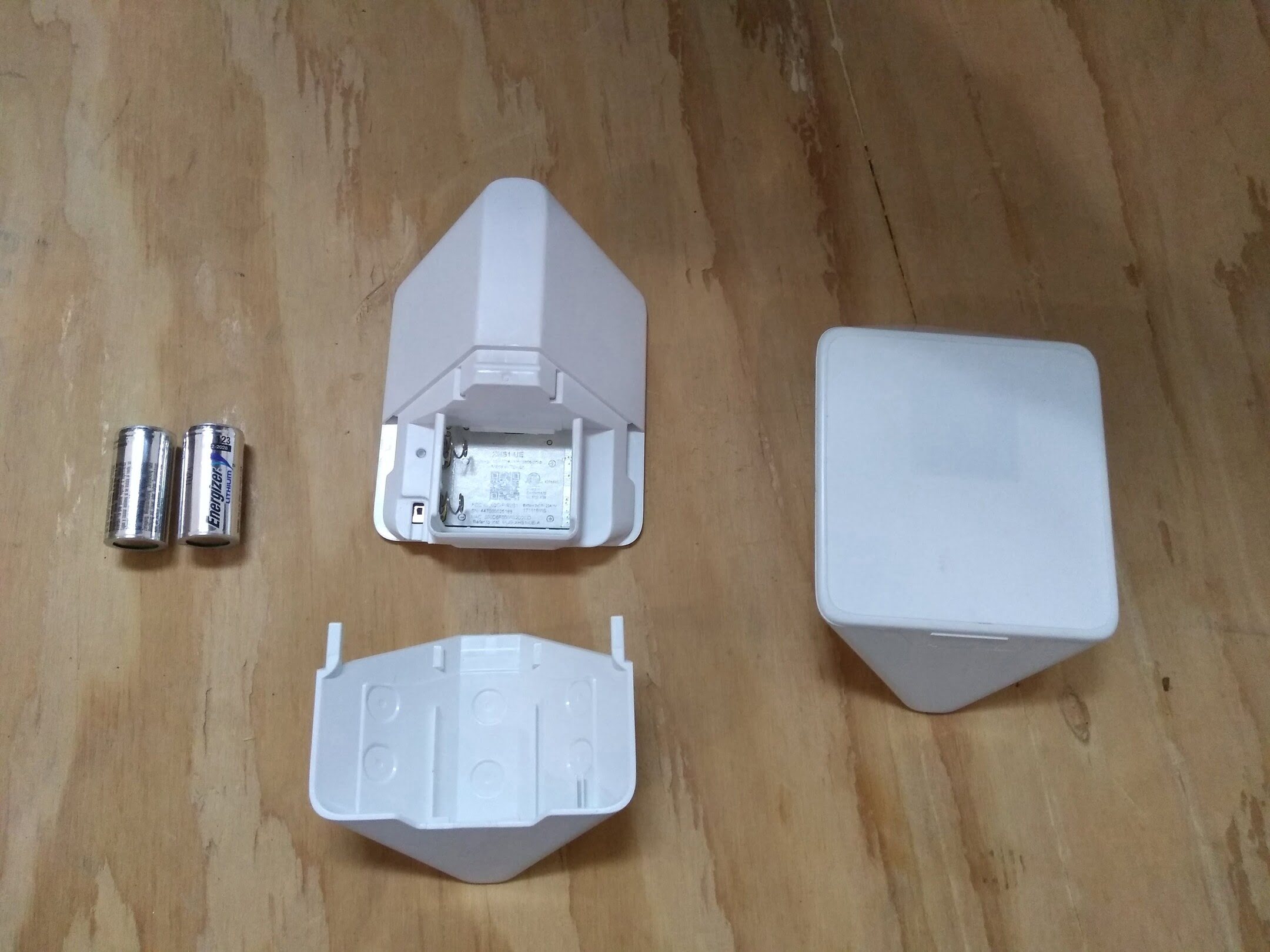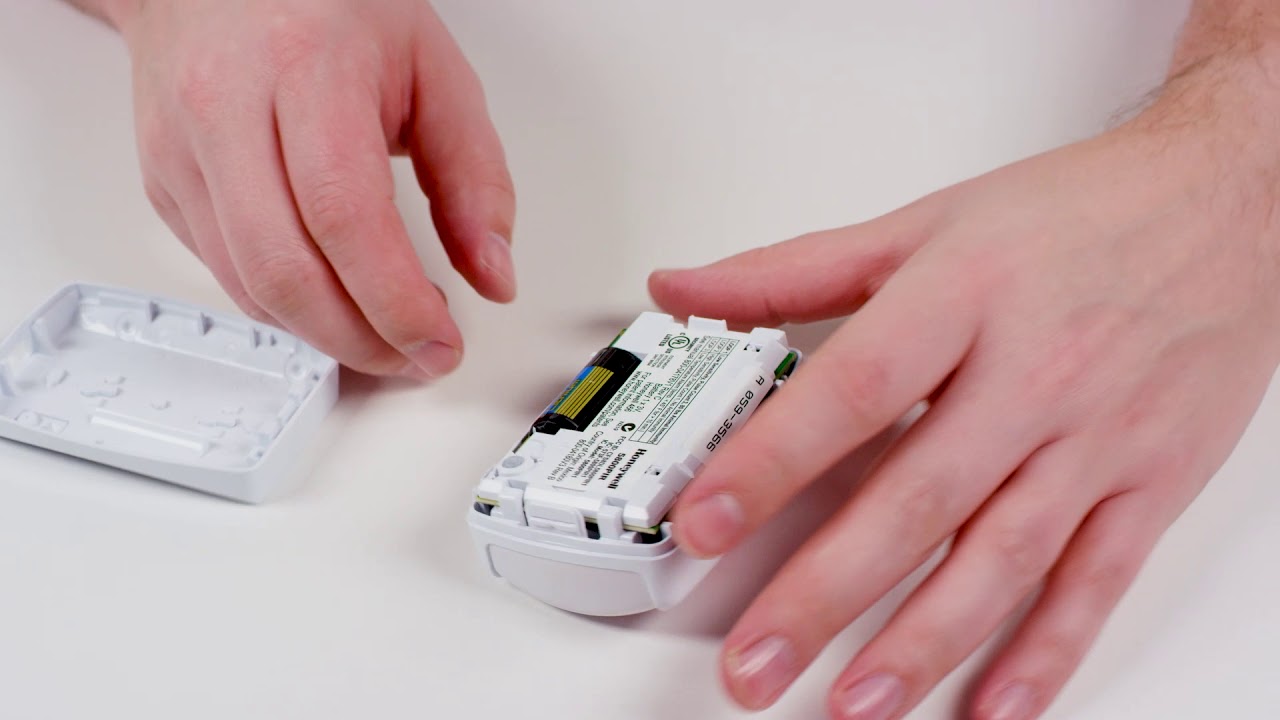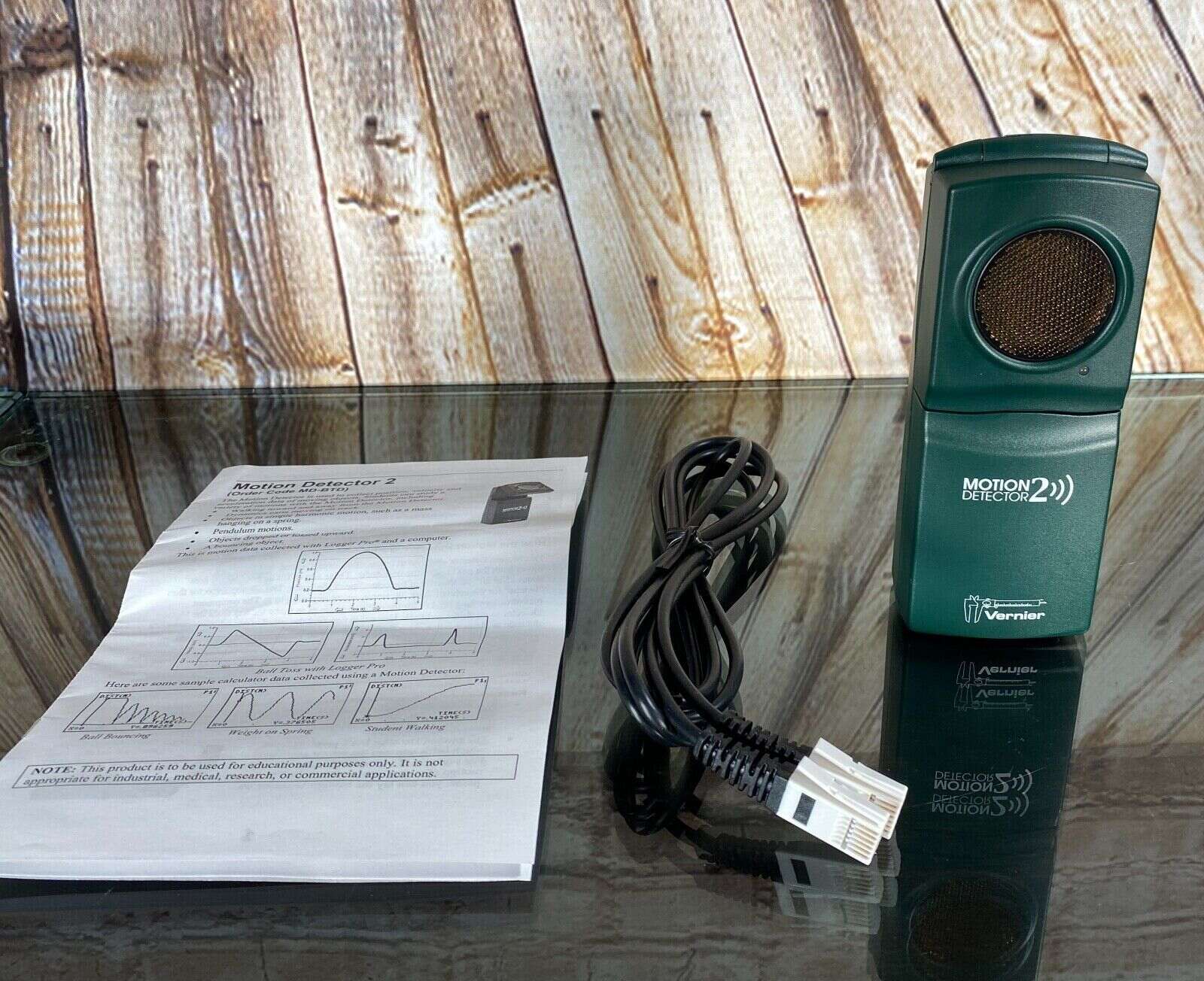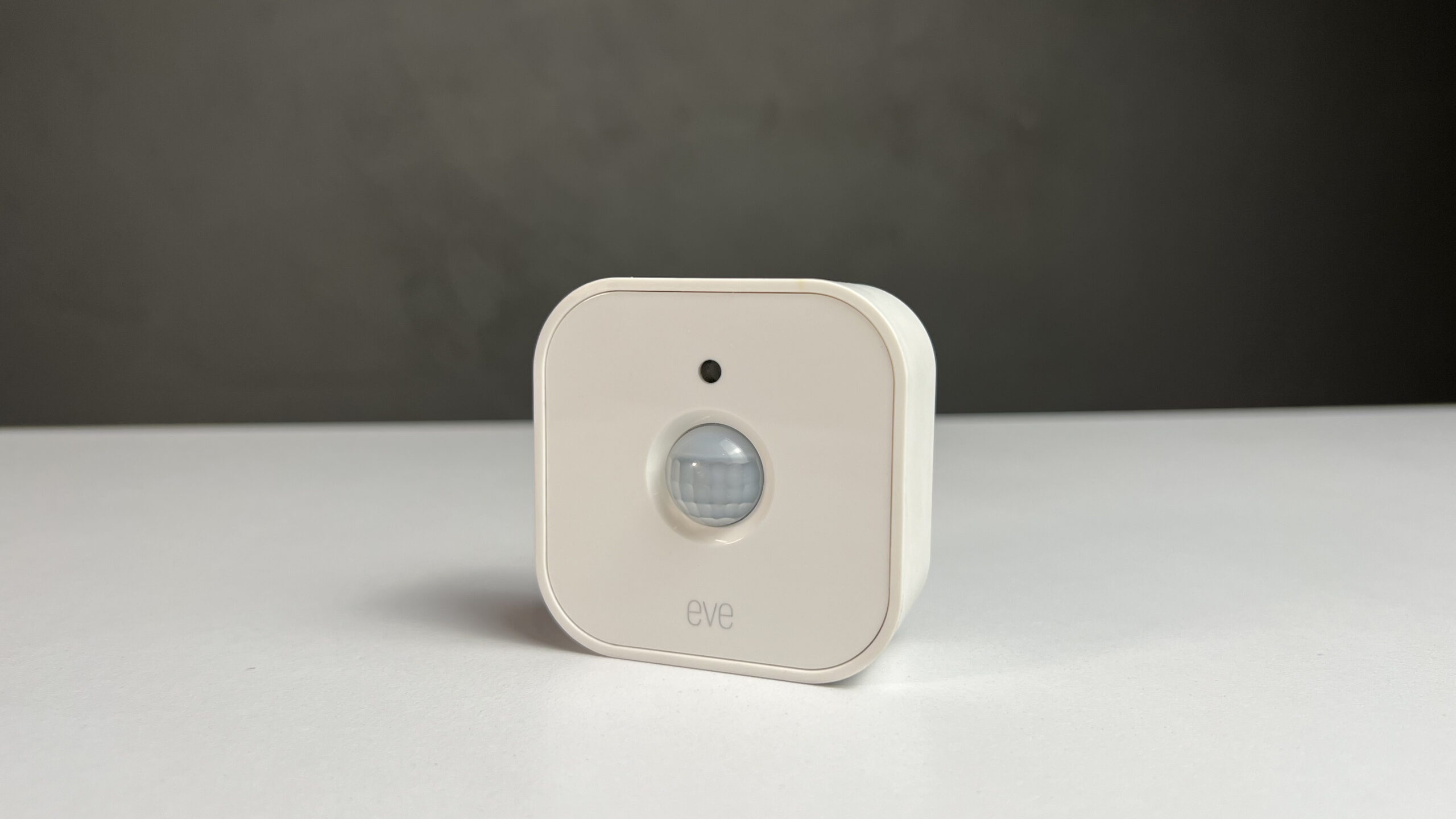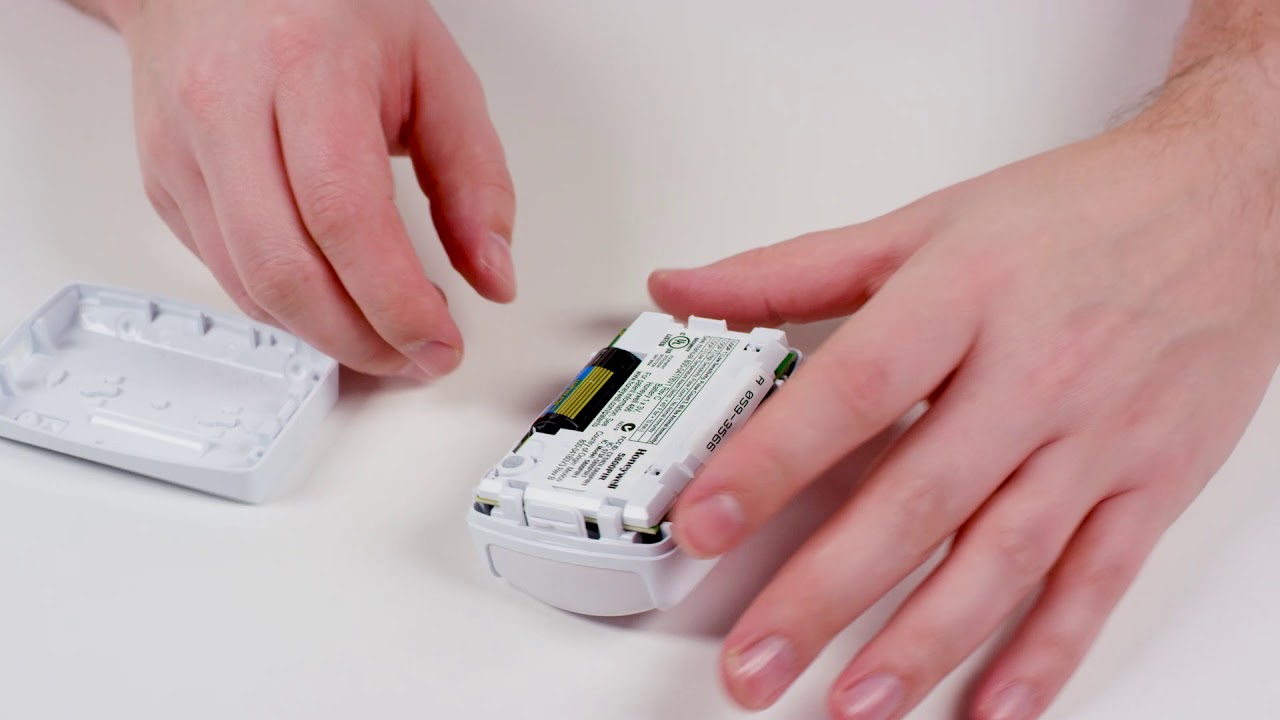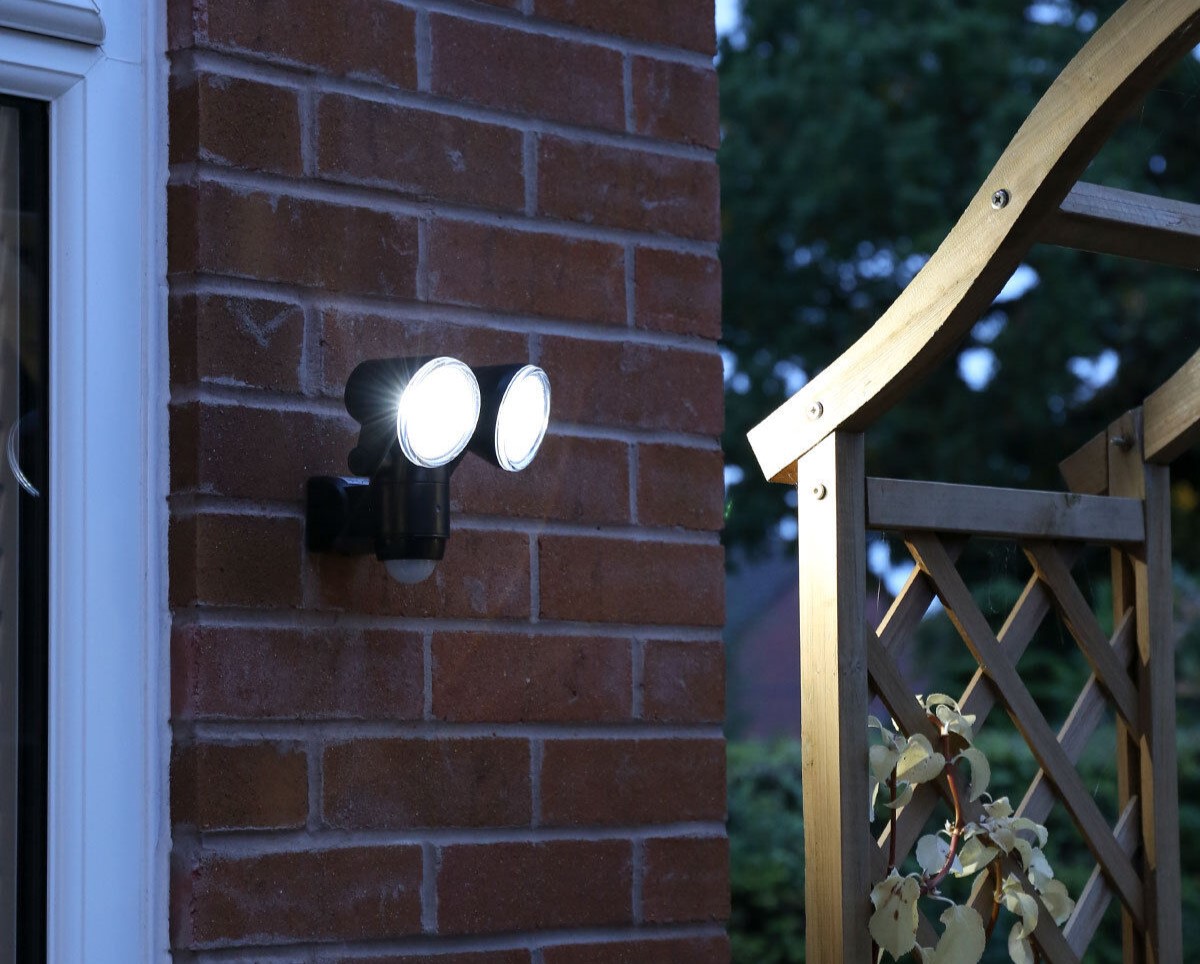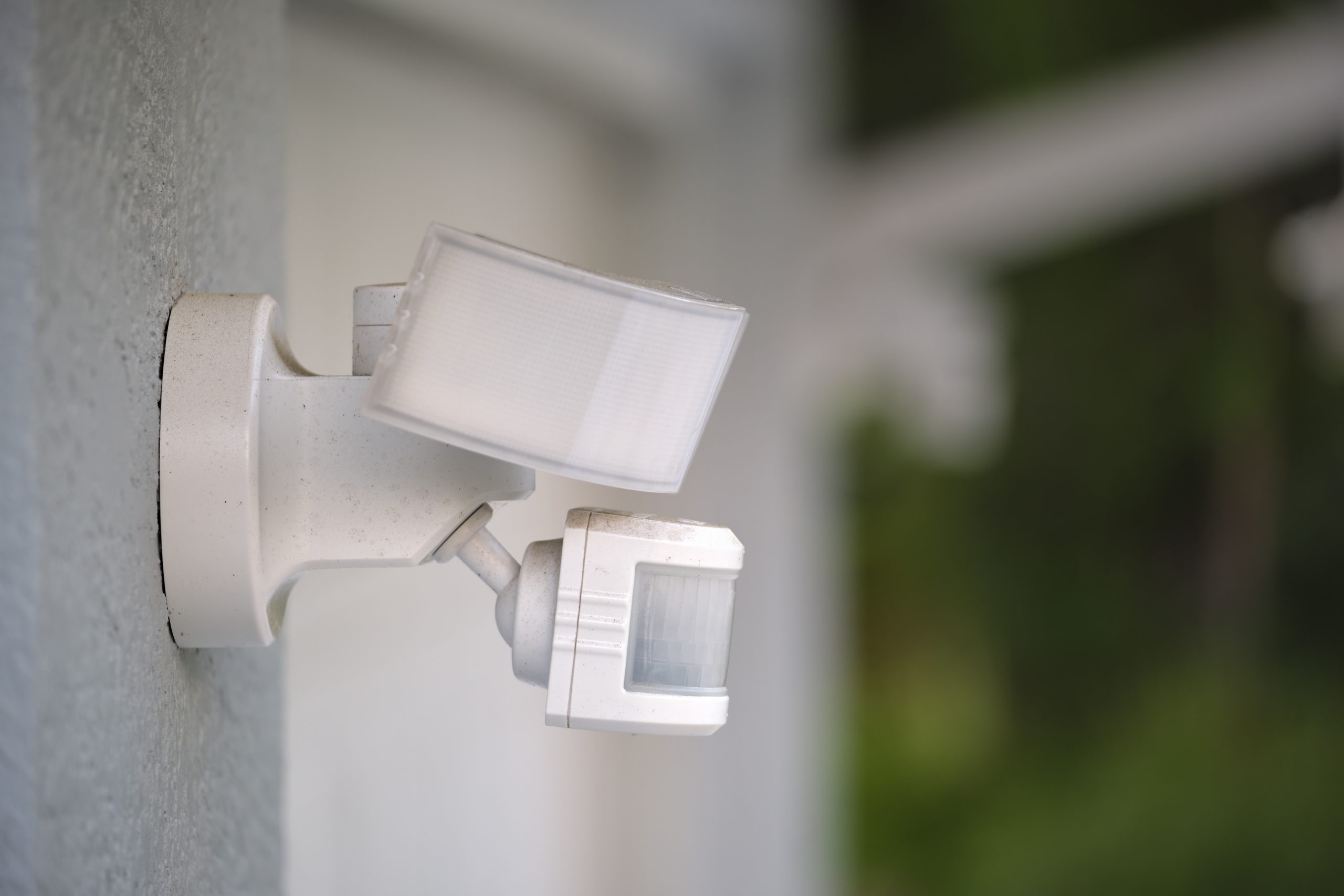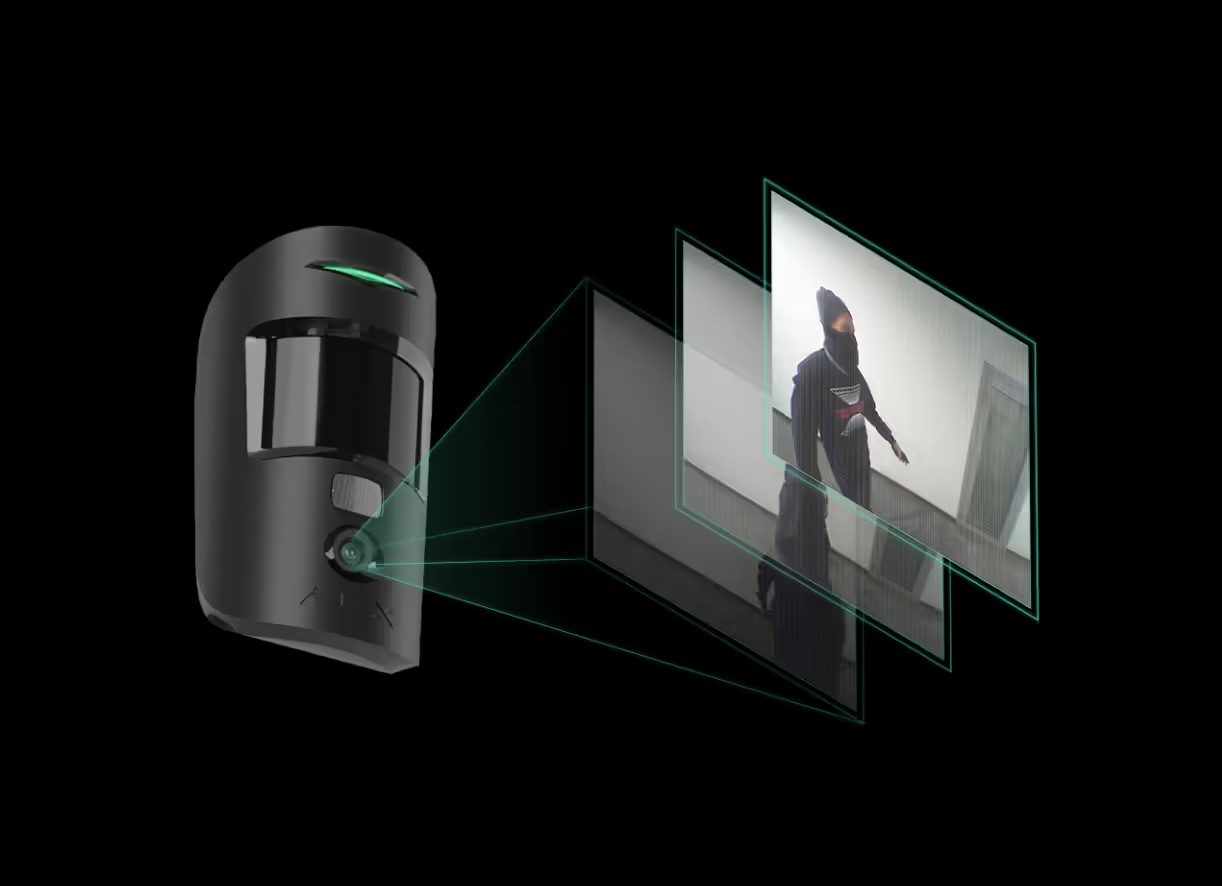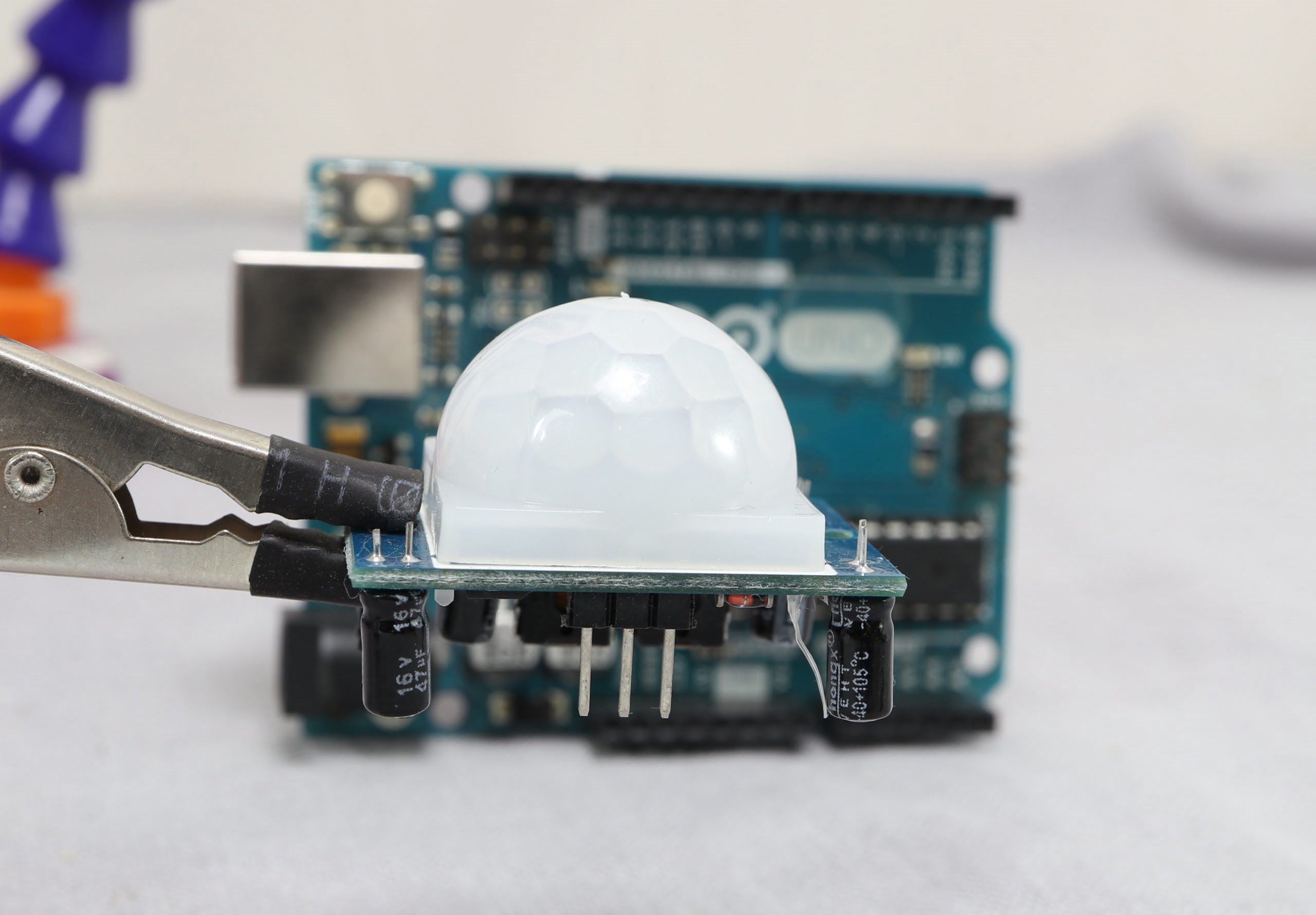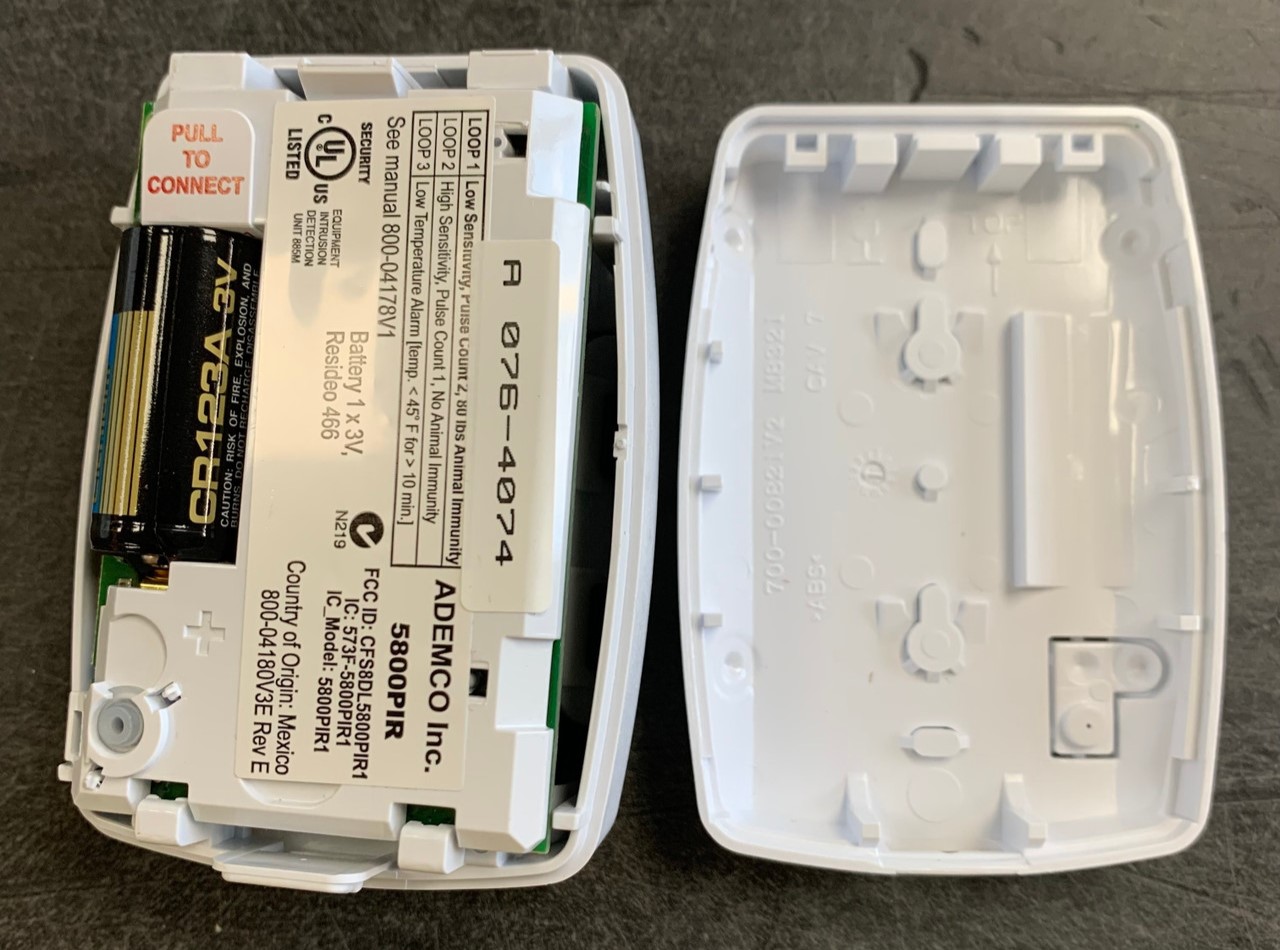Home>Home Security and Surveillance>What Is The Typical Lifespan Of A Battery-Powered Motion Detector
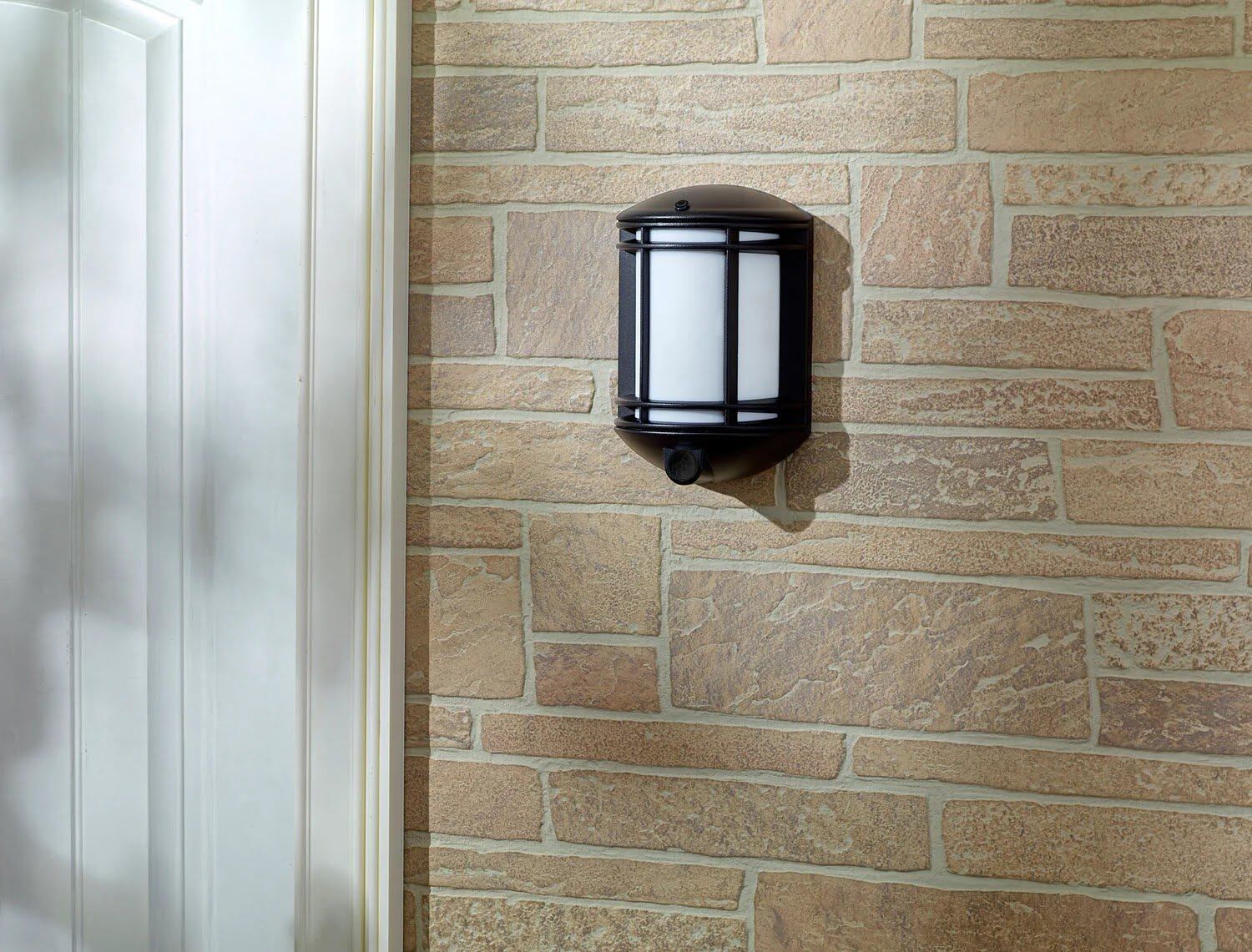

Home Security and Surveillance
What Is The Typical Lifespan Of A Battery-Powered Motion Detector
Modified: August 18, 2024
Discover the typical lifespan of battery-powered motion detectors for home security and surveillance. Ensure your home is protected with reliable and long-lasting technology.
(Many of the links in this article redirect to a specific reviewed product. Your purchase of these products through affiliate links helps to generate commission for Storables.com, at no extra cost. Learn more)
Introduction
Welcome to the world of home security and surveillance! In today’s fast-paced and unpredictable world, it is vital to prioritize the safety of our loved ones and our homes. One of the key components of a comprehensive home security system is a motion detector. These devices are designed to detect movement within the monitored area and trigger an alarm or notification, alerting homeowners to potential intruders or suspicious activity.
When it comes to motion detectors, there are two primary types: hardwired and battery-powered. While hardwired detectors are connected directly to the home’s electricity supply, battery-powered detectors offer flexibility and convenience, allowing homeowners to place them anywhere within the home without the need for extensive wiring.
However, the use of batteries in motion detectors raises an important question: What is the typical lifespan of a battery-powered motion detector? Understanding the lifespan of these devices is vital for maintaining optimal home security and surveillance, as well as ensuring the reliability of the overall system.
In this article, we will explore how battery-powered motion detectors work, the factors that can affect their lifespan, the average lifespan you can expect, and some tips to extend the lifespan of these important home security devices.
Key Takeaways:
- Battery-powered motion detectors can last anywhere from 6 months to 3 years, depending on factors like battery quality and usage frequency. Regular maintenance and high-quality batteries can extend their lifespan.
- To maximize the lifespan of battery-powered motion detectors, choose high-quality batteries, monitor levels regularly, adjust sensitivity settings, optimize placement, be mindful of interference, maintain suitable climatic conditions, and regularly test and clean the devices.
How Battery-Powered Motion Detectors Work
Battery-powered motion detectors are ingenious devices that use various technologies to detect movement within a specified range. The most common types of motion detectors include passive infrared (PIR) sensors, microwave sensors, and dual technology sensors.
Passive Infrared (PIR) Sensors: PIR sensors detect changes in infrared radiation emitted by living beings and objects. The sensor consists of a lens that focuses the infrared radiation onto a pyroelectric sensor. When a person or object moves within the sensor’s range, it causes a change in the pattern of infrared radiation, triggering the motion detector to activate an alarm or notification.
Microwave Sensors: Microwave sensors emit continuous microwave signals and measure the reflection of those signals. When an object, such as a person, enters the sensor’s range, it causes a change in the reflected microwave signals. This change is detected by the sensor, signaling the presence of movement and activating the alarm or notification.
Dual Technology Sensors: Dual technology sensors combine the principles of both PIR and microwave sensors to provide enhanced accuracy. These sensors require both the PIR and microwave sensors to detect movement before triggering an alarm or notification. This helps to reduce false alarms caused by environmental factors.
In battery-powered motion detectors, these sensors are powered by batteries, usually AA or AAA, which provide the necessary electrical energy to operate the detectors. The batteries are typically housed within the device itself, making them easily replaceable when needed.
These motion detectors are designed to be energy-efficient, utilizing advanced circuitry and power-saving features to prolong battery life. Some devices may also have adjustable sensitivity settings, allowing homeowners to customize the detection range and conserve battery power.
With battery-powered motion detectors, there is no need for complicated wiring or reliance on electrical outlets, making them ideal for homes or areas where access to power may be limited. The convenience and flexibility offered by these devices make them a popular choice for homeowners seeking reliable and easy-to-install home security solutions.
Now that we understand how battery-powered motion detectors work, let’s explore the factors that can affect their lifespan.
Factors Affecting the Lifespan of Battery-Powered Motion Detectors
The lifespan of battery-powered motion detectors can vary depending on several factors. Understanding these factors will help homeowners optimize the lifespan of their devices and ensure reliable home security. Here are some key factors that can affect the lifespan of battery-powered motion detectors:
- Battery Quality and Capacity: The quality and capacity of the batteries used in the motion detector can significantly impact its lifespan. High-quality batteries from reputable brands tend to last longer and provide more reliable performance.
- Usage and Activation Frequency: The more frequently the motion detector is activated, the quicker the batteries will drain. If the detector is located in a high-traffic area or if it triggers frequent false alarms, the batteries are likely to have a shorter lifespan.
- Climatic Conditions: Extreme temperatures can affect battery performance. Cold temperatures can cause batteries to discharge more quickly, while high temperatures can reduce their overall lifespan. It is essential to keep the motion detector within the recommended temperature range specified by the manufacturer.
- Placement and Range: The placement of the motion detector and its detection range can also have an impact on battery life. If the detector is placed in a high-traffic area with constant movement, it may require more frequent activation, leading to quicker battery depletion. Similarly, if the detection range is set too wide, it may result in unnecessary activations and faster battery drain.
- Interference and False Alarms: Interference from other electronic devices or objects can trigger false alarms, causing the motion detector to activate unnecessarily. Repeated false alarms not only lead to unnecessary battery drain but can also reduce the credibility and reliability of the device.
It is important to note that while these factors can affect the lifespan of battery-powered motion detectors, proper maintenance and proactive measures can help extend their longevity. Let’s explore the average lifespan of battery-powered motion detectors in the next section.
To extend the lifespan of a battery-powered motion detector, consider using lithium batteries instead of alkaline ones. Lithium batteries have a longer lifespan and perform better in cold temperatures.
Average Lifespan of Battery-Powered Motion Detectors
The average lifespan of battery-powered motion detectors can vary depending on factors such as the quality of the batteries, usage patterns, and environmental conditions. However, on average, you can expect the batteries in these devices to last anywhere from 6 months to 3 years.
It is essential to note that this estimate is based on typical usage and may vary depending on individual circumstances. Homes with frequent activations or high-traffic areas may experience shorter battery life, while homes with infrequent activations may see batteries last longer.
Additionally, the quality and capacity of the batteries used in the motion detector play a significant role in determining its lifespan. Opting for high-quality batteries from reputable brands can result in longer-lasting performance.
Regular maintenance and monitoring are also crucial for maintaining optimal battery life. Keeping an eye on the battery levels and replacing them promptly when they are low can help prevent device malfunctions and ensure consistent home security.
It is a good practice to check the batteries in your motion detector regularly and replace them as needed. Many devices come with battery level indicators that provide a visual or audible alert when the batteries are running low. These indicators can serve as a helpful reminder to swap out the batteries and maintain consistent functionality.
Ultimately, the average lifespan of battery-powered motion detectors is influenced by multiple factors, and it is important to monitor and address these factors to ensure the reliability of your home security system.
Now that we have explored the average lifespan of battery-powered motion detectors, let’s discuss some tips to extend their longevity.
Tips to Extend the Lifespan of Battery-Powered Motion Detectors
Extending the lifespan of battery-powered motion detectors is not only cost-effective but also ensures reliable home security. By following these tips, you can maximize the longevity of your devices:
- Choose High-Quality Batteries: Opt for high-quality batteries from reputable brands. These batteries often have a longer lifespan and provide better performance, minimizing the need for frequent replacements.
- Monitor Battery Levels: Regularly check the battery levels in your motion detectors. Many devices have battery level indicators that offer a visual or audible alert when the batteries are running low. Replace the batteries promptly to avoid interruptions in your home security system.
- Adjust Sensitivity Settings: If your motion detector allows for sensitivity adjustment, consider lowering the detection range if it is currently set too wide. This can reduce the number of unnecessary activations and help conserve battery power.
- Optimize Placement: Properly position your motion detectors to minimize false activations. Avoid placing them near objects that may inadvertently trigger the sensor, such as fans, vents, or objects that move with air currents. By reducing false alarms, you can prevent unnecessary battery drain.
- Keep an Eye on Interference: Be mindful of potential interference from other electronic devices or objects in the vicinity of the motion detectors. Interference can trigger false alarms, leading to unnecessary battery usage. If interference is a recurring issue, consider repositioning the device or finding alternative solutions.
- Maintain Suitable Climatic Conditions: Extreme temperatures can impact battery performance. Ensure that the motion detector is within the recommended temperature range specified by the manufacturer. Excessive cold or heat can accelerate battery drain and reduce overall lifespan.
- Regularly Test and Clean the Devices: Periodically test your motion detectors to ensure they are functioning correctly. Clean the sensors and lenses as per the manufacturer’s instructions to maintain optimal detection capabilities. A dirty or obstructed sensor may result in ineffective performance and increased battery usage.
By implementing these tips, you can extend the lifespan of your battery-powered motion detectors, providing consistent and reliable home security for years to come.
Now that we have covered various tips to maximize the lifespan of battery-powered motion detectors, let’s conclude our article.
Conclusion
Battery-powered motion detectors play a crucial role in ensuring the safety and security of our homes. Understanding their lifespan and implementing strategies to extend it is vital for maintaining reliable home security systems. By considering factors such as battery quality, usage patterns, environmental conditions, and proper maintenance, homeowners can optimize the lifespan of their battery-powered motion detectors.
On average, these devices can last anywhere from 6 months to 3 years, depending on individual circumstances. Factors such as battery quality, usage frequency, placement, and environmental conditions all play a role in determining the lifespan of the motion detectors.
To maximize the longevity of battery-powered motion detectors, it is recommended to choose high-quality batteries from reputable brands, monitor battery levels regularly, adjust sensitivity settings, optimize placement, be mindful of interference, maintain suitable climatic conditions, and regularly test and clean the devices.
By implementing these tips, homeowners can ensure consistent and reliable performance from their battery-powered motion detectors, enhancing the overall security of their homes.
In a world where safety is a top priority, investing in robust home security systems is essential. Battery-powered motion detectors offer flexibility and convenience, allowing homeowners to place them anywhere within the home without the need for extensive wiring. By understanding their lifespan and taking steps to extend it, homeowners can enjoy long-lasting protection for their families and properties.
So, protect your home and loved ones by choosing battery-powered motion detectors, maintaining them properly, and following the tips mentioned in this article. With these measures in place, you can have peace of mind knowing that your home is safeguarded against intrusions and that your motion detectors will continue to serve you reliably for years to come.
Frequently Asked Questions about What Is The Typical Lifespan Of A Battery-Powered Motion Detector
Was this page helpful?
At Storables.com, we guarantee accurate and reliable information. Our content, validated by Expert Board Contributors, is crafted following stringent Editorial Policies. We're committed to providing you with well-researched, expert-backed insights for all your informational needs.
